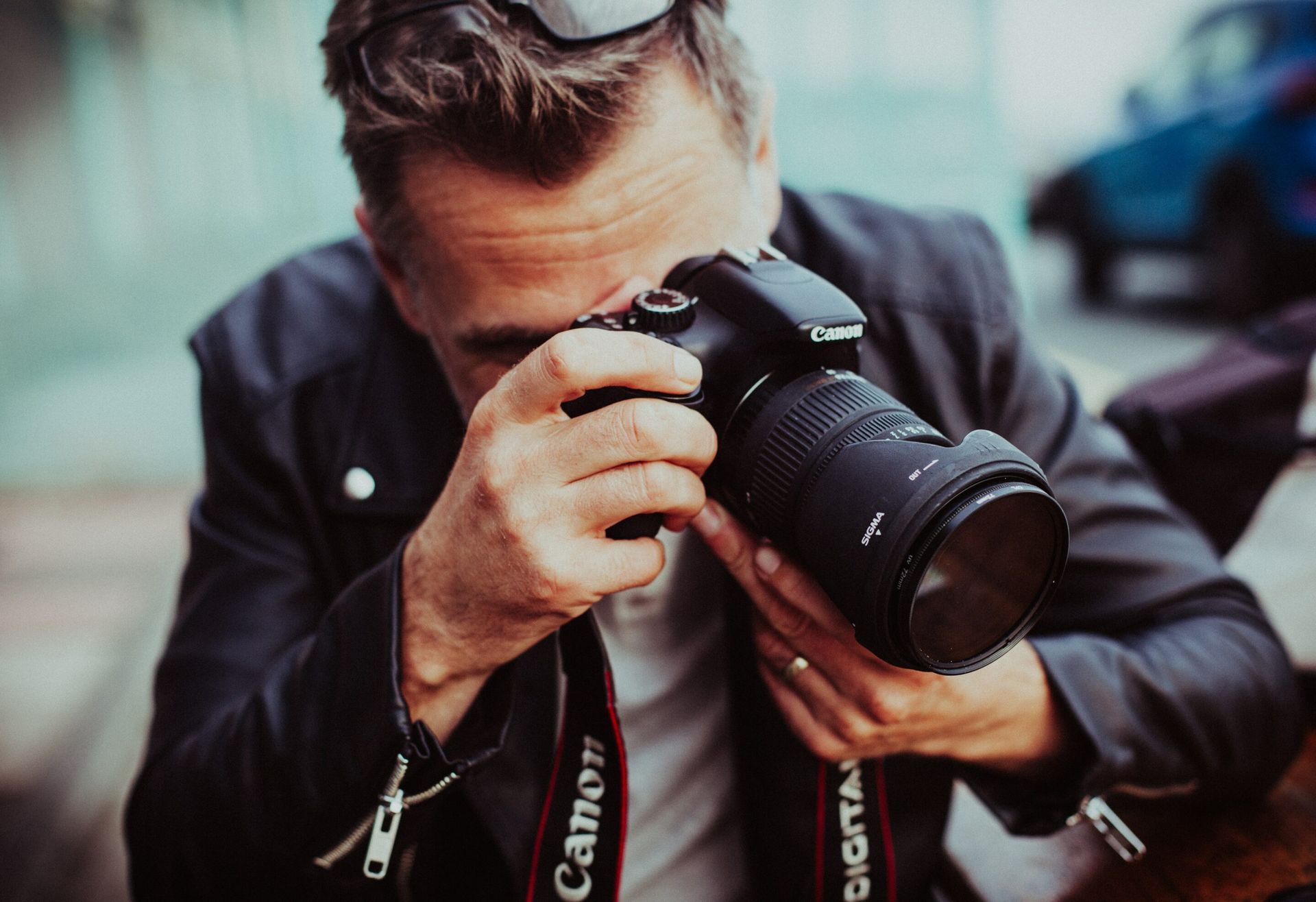
Photography Contracts sound intimidating, but every photographer should be using a photography contract consistently. While some photographers feel like a contract might be overly formal – remember you are running a business and should have protections in place for you and your clients during your services provided.
We always hope each interaction and service provided to a client will go smoothly. The reality is that not every single session will go as planned and you might even stumble on a unhappy customer from time to time. Your contract is the start of your working relationship with your clients and sets the tone for the professionalism. Check out some big reasons why photography contracts are important.

Sets Expectations
A written contract helps set expectations for your clients. The contract will help outline what to expect before and after their session – from what the cost is and what the package includes, to when to expect their images after their session. Your contract should cover and answer any anticipated questions your clients may have in regards to the service you’re providing.
Protects Your Business
A contract protects your business should something go wrong since it is a legal document. If something were to happen prior to, during, or after providing the service to your clients – you have a written document to refer back to that protects you and help show that you upheld the terms of your contract.
Gives a Reference Point
Contracts help businesses to reduce risk and liability. Make sure your contracts are clear so they all parties understand the terms and what they are agreeing to. If you do run into an issue later on with miscommunication, you and your clients can refer back to the contract to see what was agreed to.
Demonstrates Professionalism
Many professional services use contracts and professional photographers are no exception. Having a photography contract in place will help you exude professionalism and help clients trust you. Even if your friends or family are booking a session with you, it good practice to still have them sign a contract and ease any awkward conversations.

Not sure what a photography contract should include? Check out our blog that details what should be in your contracts before sending to your clients. We also recommend checking out The LawTog which is a great resource for contracts for photographers.


